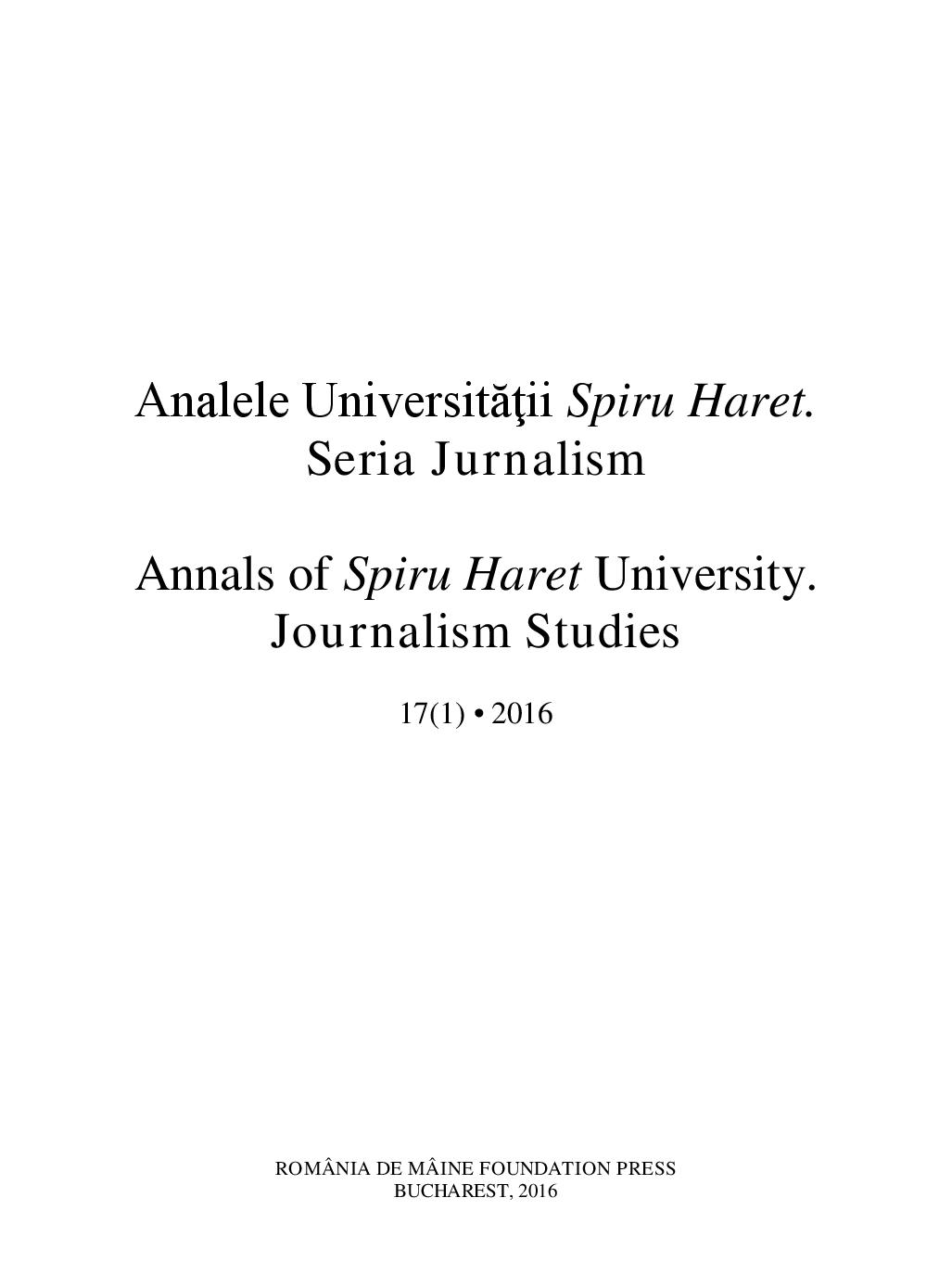THE DECEPTIVE POTENTIAL OF THE PROJECTED IMAGE IN EARLY CINEMA
THE DECEPTIVE POTENTIAL OF THE PROJECTED IMAGE IN EARLY CINEMA
Author(s): Silviu ŞerbanSubject(s): Social Sciences, Theory of Communication
Published by: Editura Fundaţiei România de Mâine
Keywords: screen practice; spectator; train effect; virtual travel; trickality
Summary/Abstract: The phenomenon of projecting images had a baffling effect upon the viewing audiences long before the emergence of cinema. Being considered to pertain more to magic than science, the process of projecting images on a screen started to be demystified with the advent of the Scientific Revolution. Nevertheless, the dawning phase of cinema abounds in references to the confusing reactions of the viewers positioned in front of the screen on which the moving pictures were running. Some other times the deceptive potential of cinema has been used for creative purposes by the film producers. A case in point is the resounding success enjoyed by Hale’s Tours which enabled the viewers-passengers to participate in a virtual tour. Méliès, a true magician of the early cinema, the creator of so many cinema tricks, can also be credited with the unveiling of the illusion-generating mechanism in movies. The French cineaste does not attempt to pass illusion for reality, on the contrary, he emphasizes its presence and reveals its cinematographic nature by means of trickality.
Journal: Analele Universităţii Spiru Haret. Seria Jurnalism
- Issue Year: 17/2016
- Issue No: 1
- Page Range: 13-29
- Page Count: 17
- Language: English
- Content File-PDF

